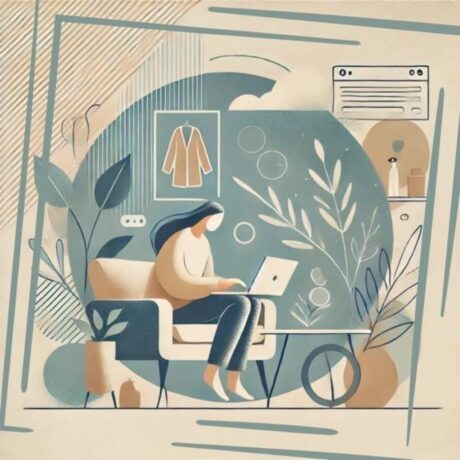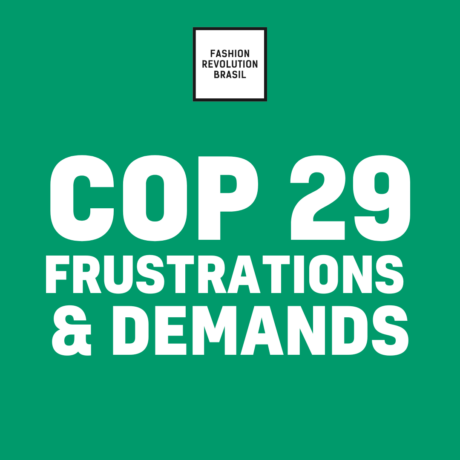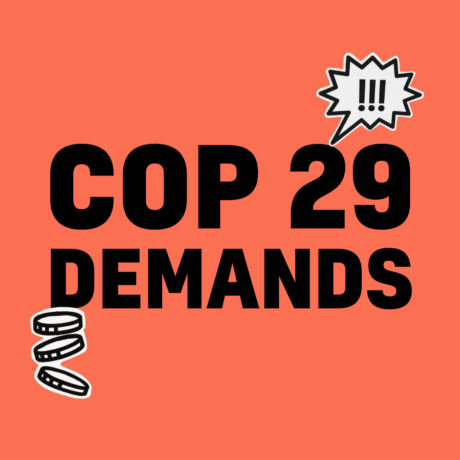Water First. Fashion Second.
Drip by Drip is the first NGO dedicated to solving fashion and textiles water impacts. Below, Drip by Drip’s Aurélie Rossini shares with us some of the key water issues driven by the garment industry in Bangladesh and how we can advocate for better water systems.
Water footprint, Water Scarcity, Water Crisis – Sound familiar?
If you haven’t heard these words before, now is the time.
If you think about it, 71 % of the Earth’s surface is covered by water. A number that has remained fairly constant over time, whilst the population has continued to grow. With that in mind, fighting climate change can’t happen without acknowledging that the world’s water resources are in crisis.
Water scarcity may be an abstract concept to you since water cannot be “lost”, but it is a harsh reality for others. In Bangladesh, the second-largest apparel producing and exporting country in the world, the rapid, unplanned and unregulated growth of the industrial sector is imposing increasing water stresses.
Bangladesh is one of the most vulnerable countries to Climate Change… but it’s also threatened by water scarcity.
At first sight, Bangladesh can appear as a country of water abundance. With more than 700 rivers flowing through its lands and an annual average rainfall of 2,000 mm, about 1,121.6 km of water crosses the borders of Bangladesh annually. Unfortunately, the country has to deal with great disparity as the availability of its water considerably fluctuates throughout the year. Moreover, the three main rivers (Brahmaputra, Meghna, and the Ganges) originate in other countries, thus the amount of water that eventually gets to Bangladesh is limited, leaving the Bengalis with little control over how much water they receive from these sources and in what quality.
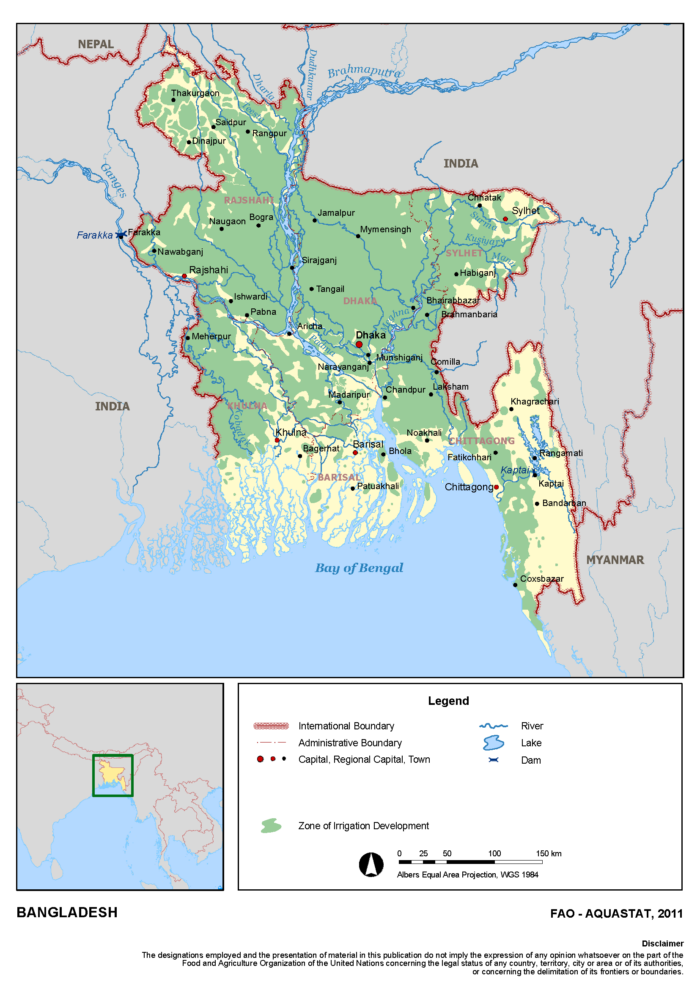
The existing challenges imposed by the geographical conditions of the country place priority on water management. Unfortunately, declining groundwater levels, as well as deteriorating river water quality have increasingly been reported in the last decades.
Have you ever read on your T-shirt label that 2,700 L of water was used for its production? It is proven that the textile industry is heavily dependent on the water environment. Not only does it have an enormous water footprint in terms of agricultural consumption but also in terms of water pollution. In garment production, water is used for the cultivation of raw materials (cotton for example) but also in the manufacturing processes such as dyeing, tanning, printing, and washing. The nature of these processes involves high use of salts, dyes, bleaches, and chemicals, containing hazardous pollutants such as heavy metals. Effluents that are thereafter discharged without proper treatment into the rivers. It is estimated that over 625,000 tonnes of chemicals from the textile and leather industries enter the rivers every year. This number may be shocking for some, but it sadly is the true price of fashion.
Unregulated consumption and pollution – Two serious threats to natural water resources
Industrial wastewater in Bangladesh is significant: more than 4,000 MLD every single day, a number equivalent to 20,000 Olympic swimming pools!
Arsenic contamination of groundwater has been reported by many governments and donor agencies. Among them, the World Health Organization stated that “the levels of arsenic in Bangladesh have contributed to the largest mass-poisoning in history”, affecting an estimated 30-35 million people there.
Still, need more convincing facts?
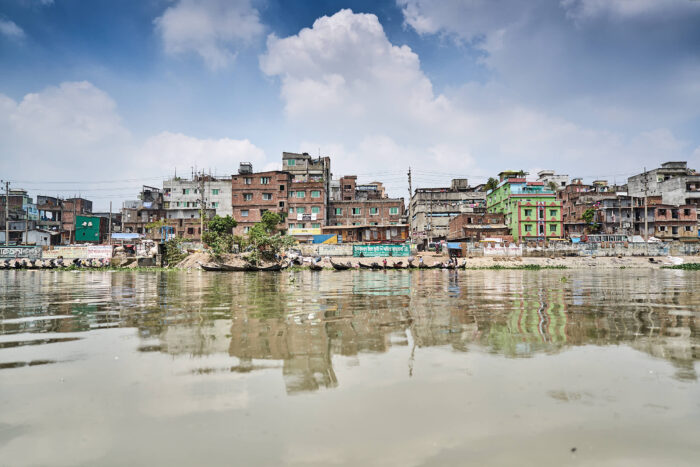
It is important to note that 79% of industrial water – as well as most of the urban water supply – is sourced from groundwater with a substantial level of unrecorded industrial water abstraction. As a result, depletion of groundwater levels has been observed, with an average decline of about 3 meters per year. The heavy reliance on groundwater by the textile industry is consequently threatening domestic water use – and evidence shows a greater decline of groundwater levels in areas with textile clusters (e.g. the groundwater level in Dhaka has dropped by 10 meters per year during the years of 2000 to 2010).
As one of the most densely populated countries in the world, Bangladesh equally suffers from water scarcity. According to the 2030 Water Resources Group, if water demand for the textile sector does not decrease, it will result in additional water demand of over 6,750 megalitres per day by 2030. An amount that is impossible to source from the groundwater without risking the livelihood of the local population.
“Bangladesh needs foreign buyers and brands as much as they need Bangladesh”
In recent years, international brands have been under increasing pressure from their customers, shareholders and the public eye to improve the environmental and social compliance of their supply chains.
Water resources management in the textile industry is an important issue; an issue recognized by the Government of Bangladesh at the highest level. Textile trade associations have acknowledged the existing water issues, however, unless the risk of losing business increases, it is generally felt that there is little or no incentive to improve water management at factories.
So who shall we blame for the existing water pollution and scarcity in Bangladesh? Neither the economic system that values profit first nor the fashion brands alone. We’ve created Drip by Drip because we believe that players share a responsibility to guarantee the preservation of the national water resources. That is why we are on a mission to develop and implement innovative solutions to tackle the water issues in the fashion industry – from fibres over fabrics to production.
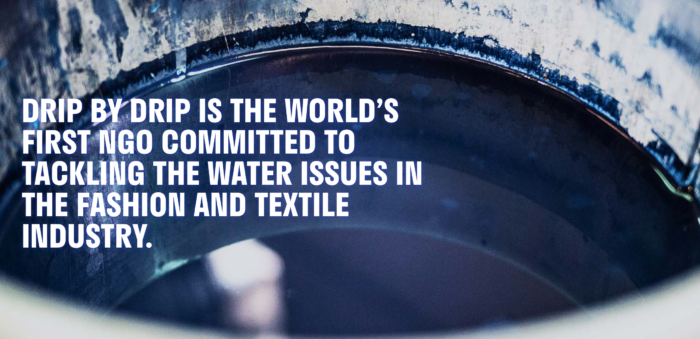
Our solutions for the industry
First and foremost, the responsibility lies with the textile industry to implement better water management structures such as central effluent treatment plants and closed-loop-systems. We are implementing tailor-made solutions, easily and cost-effectively integrated into factories to enable them to release the water back into the natural water cycle.
Together with our network of partners, we conduct research and perform training to help public organizations gain a deep understanding of the current situation. From our point of view, governments and public organizations have the potential to become game-changers here.
Our tool for consumers
You, me, us, as citizens, also play an important role. First, we can consider the water consumption in our wardrobe. Would you like to know your water footprint? Calculate it here with the first prototype of our Water Playbook!
Second, we have the opportunity to make informed purchase decisions: Choose clothes made from fibers that are less water demanding (for example, synthetic fibers like Modal or Tencel or rain-fed organic cotton) and look at where the fibers come from and prefer those that come from countries where water scarcity is not an issue.
You are now ready to make a sustainable change. We count on you!
Learn more on:




